WASHINGTON, D.C. — The Anacostia Community Museum, a cornerstone of Black cultural heritage in Southeast D.C., is facing a funding crisis that could threaten its future as an independent institution. Following federal budget cuts, local residents, community leaders, and supporters are mobilizing to defend the museum from being absorbed into the National Museum of African American History and Culture.
For longtime D.C. resident Crystal Overby, the museum represents more than just an educational destination. It’s a cultural pillar. On July 5, Overby brought her 13-year-old son, Topey, to the museum to help him earn a Boy Scouts art merit badge—a trip that held personal meaning.
“I grew up in Southeast,” said Overby, 54. “We as Black people don’t have a lot of places where we can explore our culture. Our kids need those places. Kids love culture, and they should have places to go to learn more about their history.”
Topey echoed his mother’s sentiment:
“I like this museum because it shows Black people’s contribution to art and history.”
Funding Eliminated Amid Federal Budget Cuts
The museum’s supporters were stunned to learn that the Smithsonian’s latest federal budget—supported by the Trump administration—zeroed out funding for the Anacostia Community Museum, cutting $3 million from its operational budget.
The news sparked immediate concern across Ward 8 and the wider D.C. community. Philip Pannell, Executive Director of the Anacostia Coordinating Council (ACC), warned that the funding loss could lead to the museum being absorbed into the National Museum of African American History and Culture—a move many fear would erase its local identity.
“That would not be a good thing,” Pannell said. “This museum is unique and deserves to remain independent.”
A Museum Rooted in Local History
Founded in 1967, the Anacostia Community Museum began in the former Carver Theater to bring the Smithsonian’s mission east of the Anacostia River, where access to cultural institutions was historically limited for the city’s Black residents.
Under the leadership of the Rev. John Kinard, the museum became the first Smithsonian institution to receive federal funding at the local level in 1970. Since then, it has grown to showcase hyperlocal stories—from environmental justice to food access to housing struggles—through exhibitions shaped by and for the community.
“The museum allowed me to show an exhibit on the food inequities that exist east of the Anacostia River,” said Ward 8 activist Stuart Anderson, 65.
Community Meetings and Growing Support
Efforts to preserve the museum have gained momentum. On June 30, the ACC hosted a public meeting at Emmanuel Baptist Church, where residents came together to discuss advocacy strategies. Among those inspired to act was Pearl Eni, a former museum staffer.
“Working there was a life-changing experience,” Eni said. “It’s a special place. Its impact is incalculable.”
She joined the Save Our Museum committee to help raise awareness and advocate for restoring federal funding.
The issue was also a key focus during the Ward 8 Clergy and Faith Leaders meeting on July 12, where museum director Melanie Adams briefed attendees on the situation.
“We tell stories of the people of D.C., Maryland, and Virginia,” Adams said. “The reduction zeroed out the Anacostia Community Museum, and we lost $3 million.”
Due to their federal employment status, Adams and her staff are prohibited from lobbying Congress, but she said they are actively working to educate lawmakers about the museum’s role and value.
A Distinct Voice for a Distinct Community
Adams emphasized that the Anacostia Community Museum is not interchangeable with other Smithsonian museums, even those focused on African American history.
“The stories from the Anacostia Community Museum are different,” she said. “We want to make sure that we are serving the community.”
Activists like Stuart Anderson agree and are determined to push back against any effort to close or consolidate the institution.
“Saving this museum is larger than the Ward 8 community,” he said. “No other museum in the city speaks to the African American experience in D.C. the way this one does.”
Faith Leaders and Advocates Speak Out
The museum’s importance has drawn strong support from the faith community. Rev. Wanda Thompson, Chair of the Ward 8 Clergy and Faith Leaders organization, underscored the need to protect what she calls a local treasure.
“The Anacostia Community Museum is a jewel in our community,” she said. “We don’t want to see it gone.”
Pannell announced that the ACC will formally launch the Save Our Museum committee at its July 29 meeting, inviting broader community involvement in advocacy efforts.
What’s at Stake
The Anacostia Community Museum has long served as a vital space for reflection, learning, and empowerment, particularly for residents east of the Anacostia River. Losing its independent identity—or worse, closing its doors—would deal a devastating blow to cultural equity in the nation’s capital.
As federal budget negotiations continue, museum supporters are urging lawmakers to restore its $3 million funding, preserve its autonomy, and recognize the irreplaceable role it plays in amplifying Black voices and histories from D.C. and beyond.
For residents like Overby, her son Topey, and the countless others who have walked the museum’s halls, the message is clear: The Anacostia Community Museum must be saved.

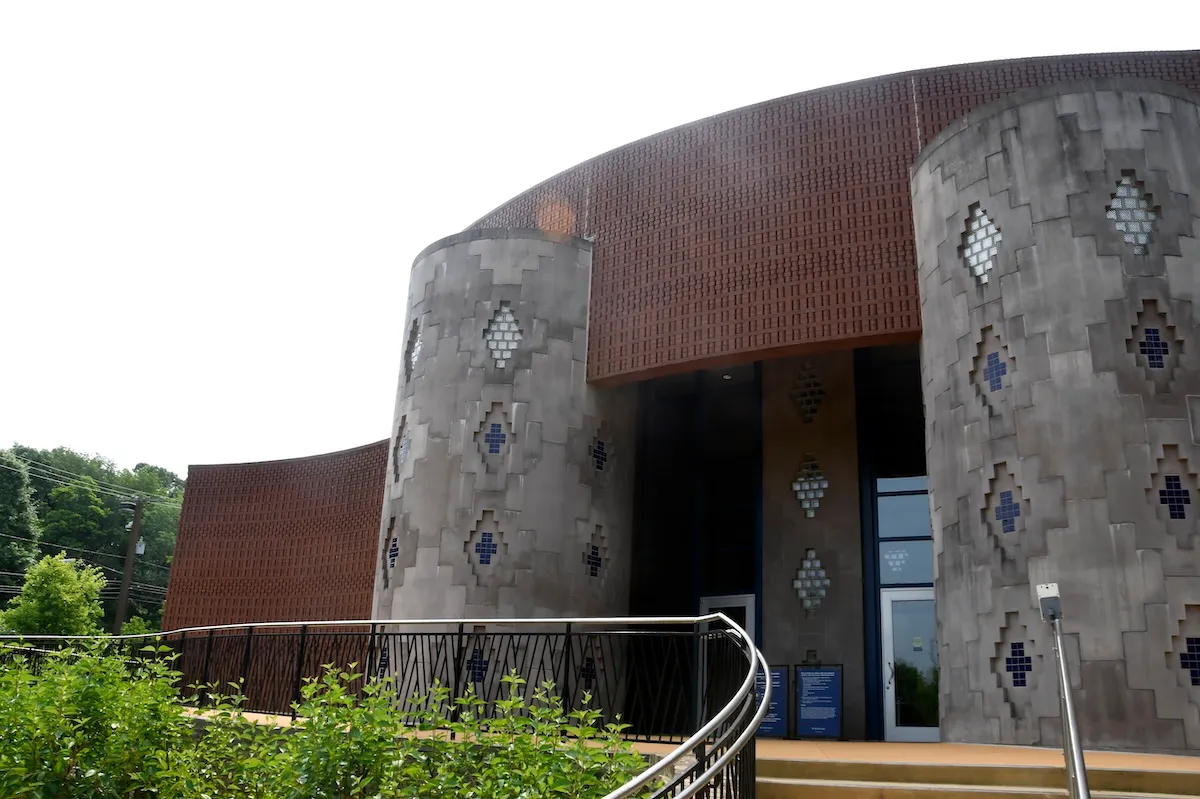
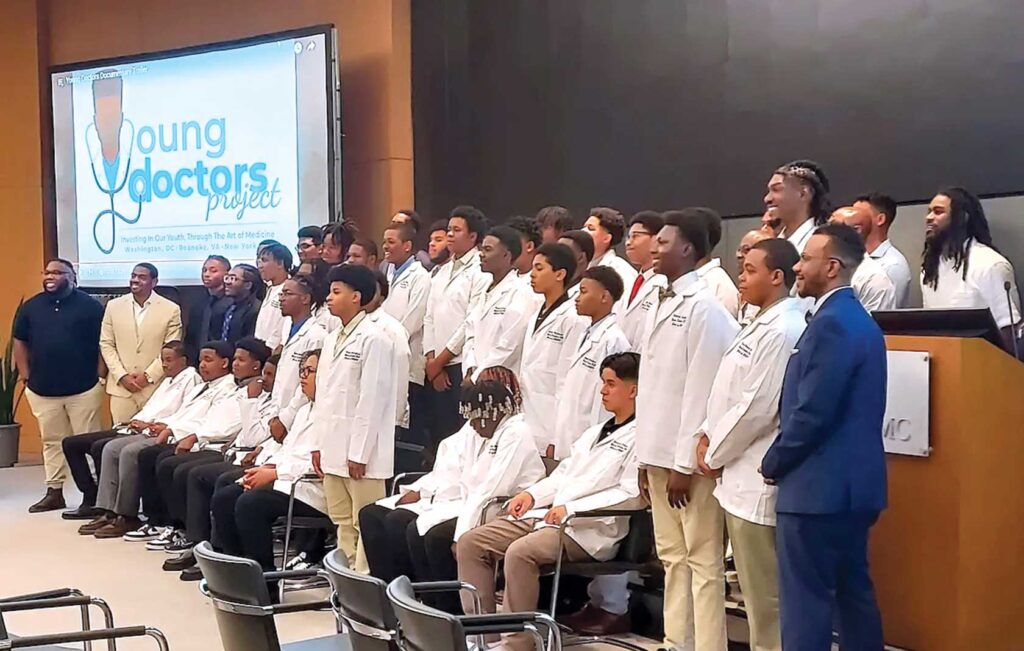

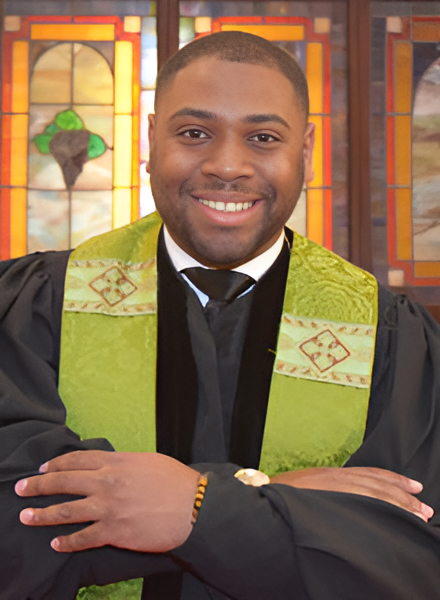

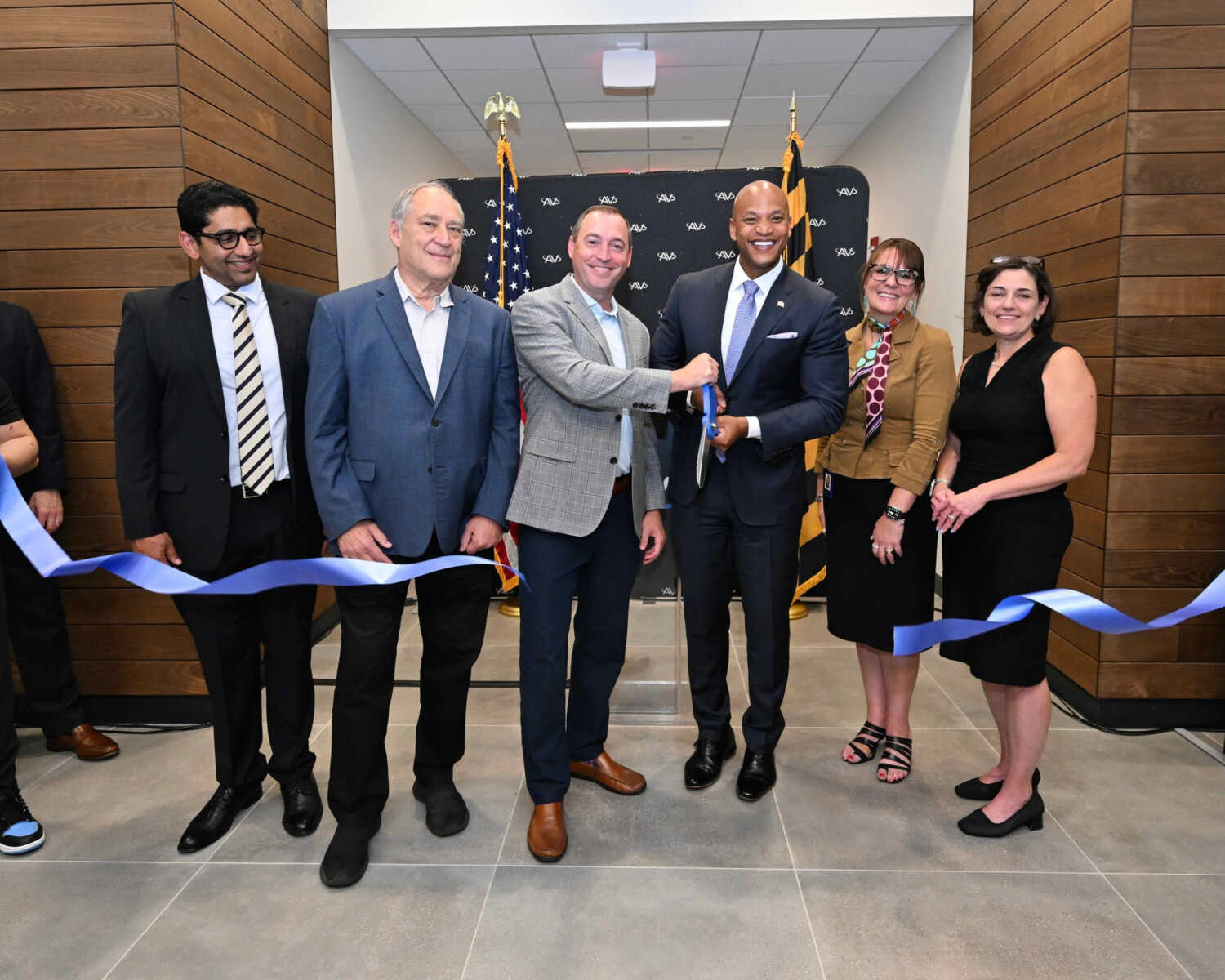
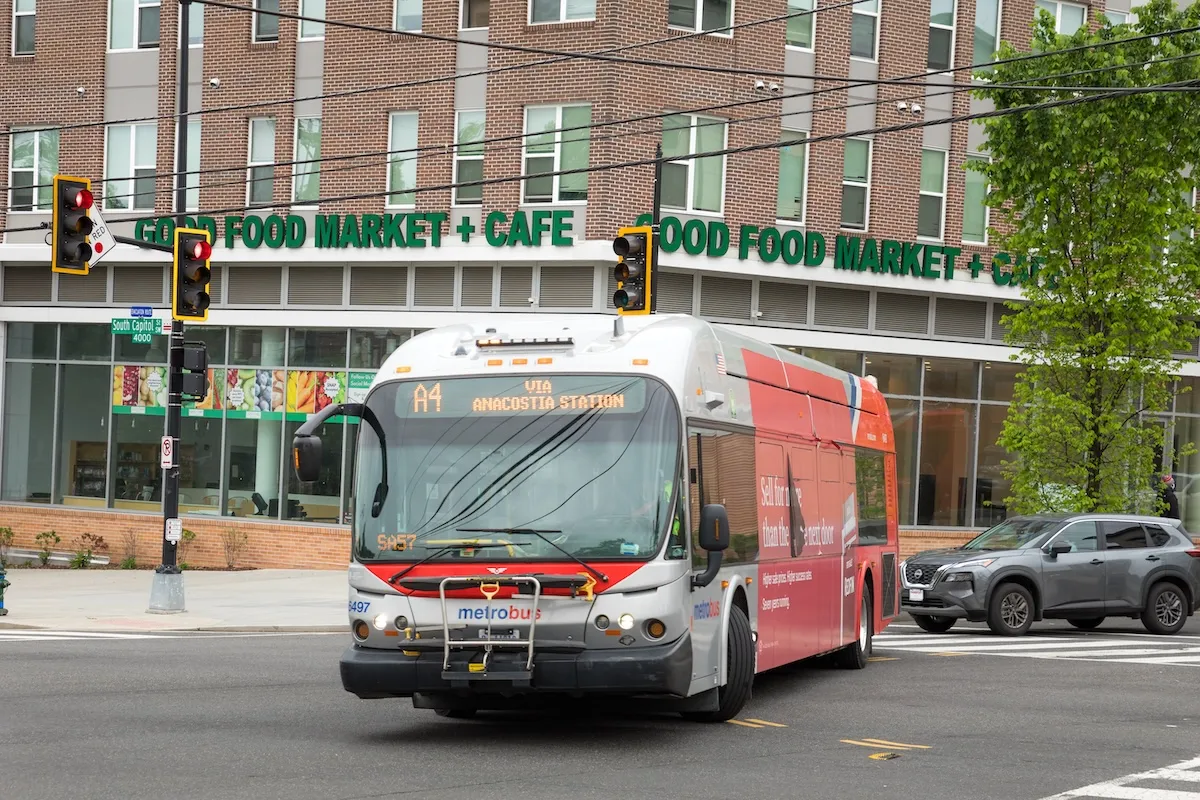
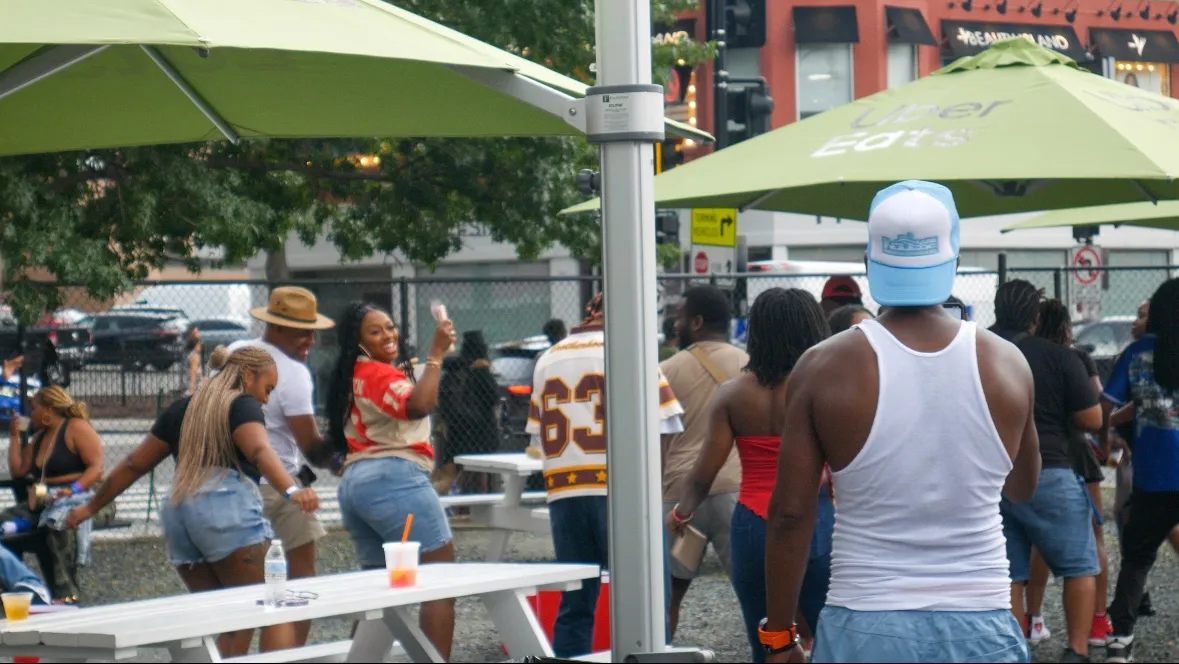

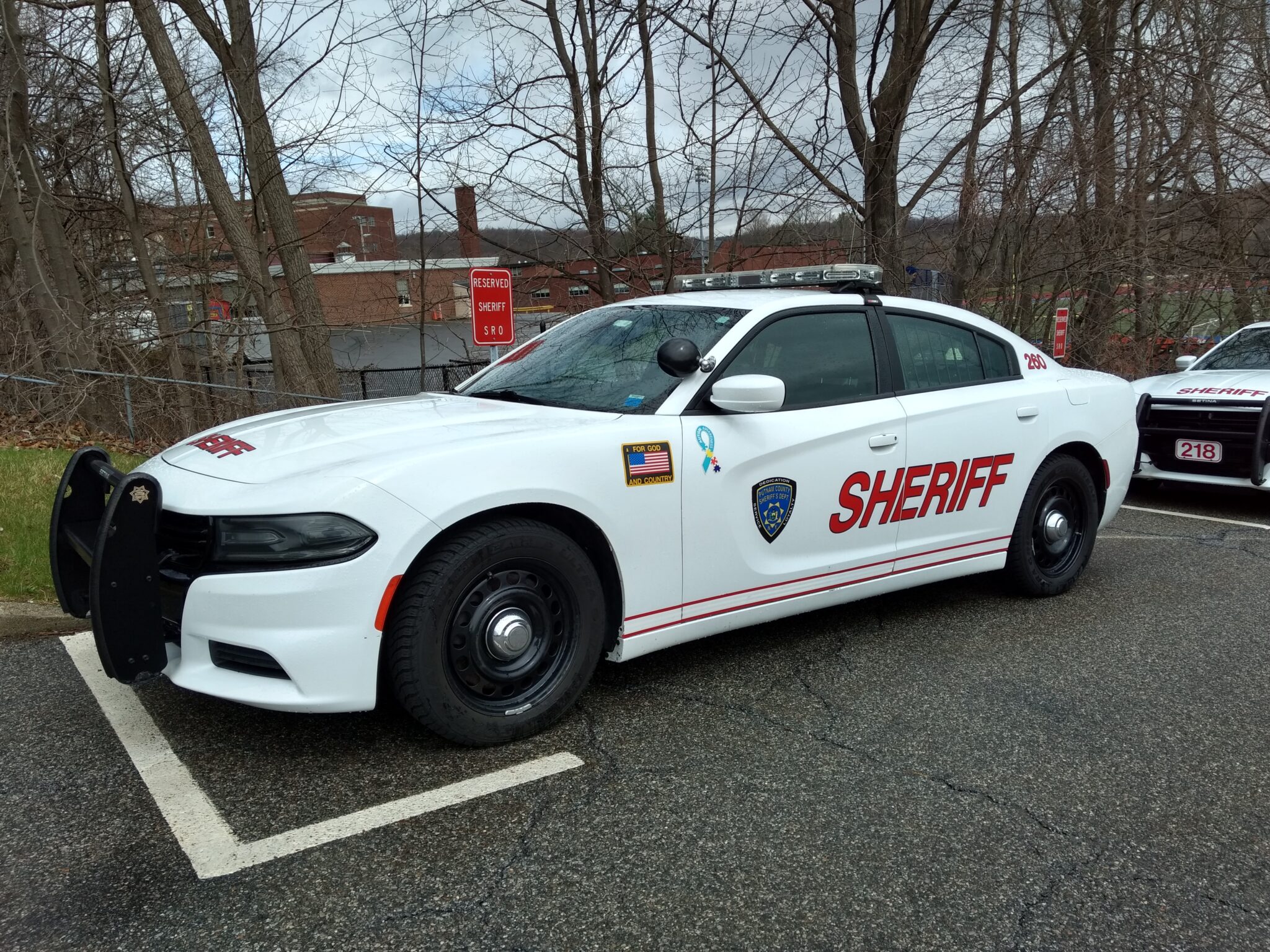
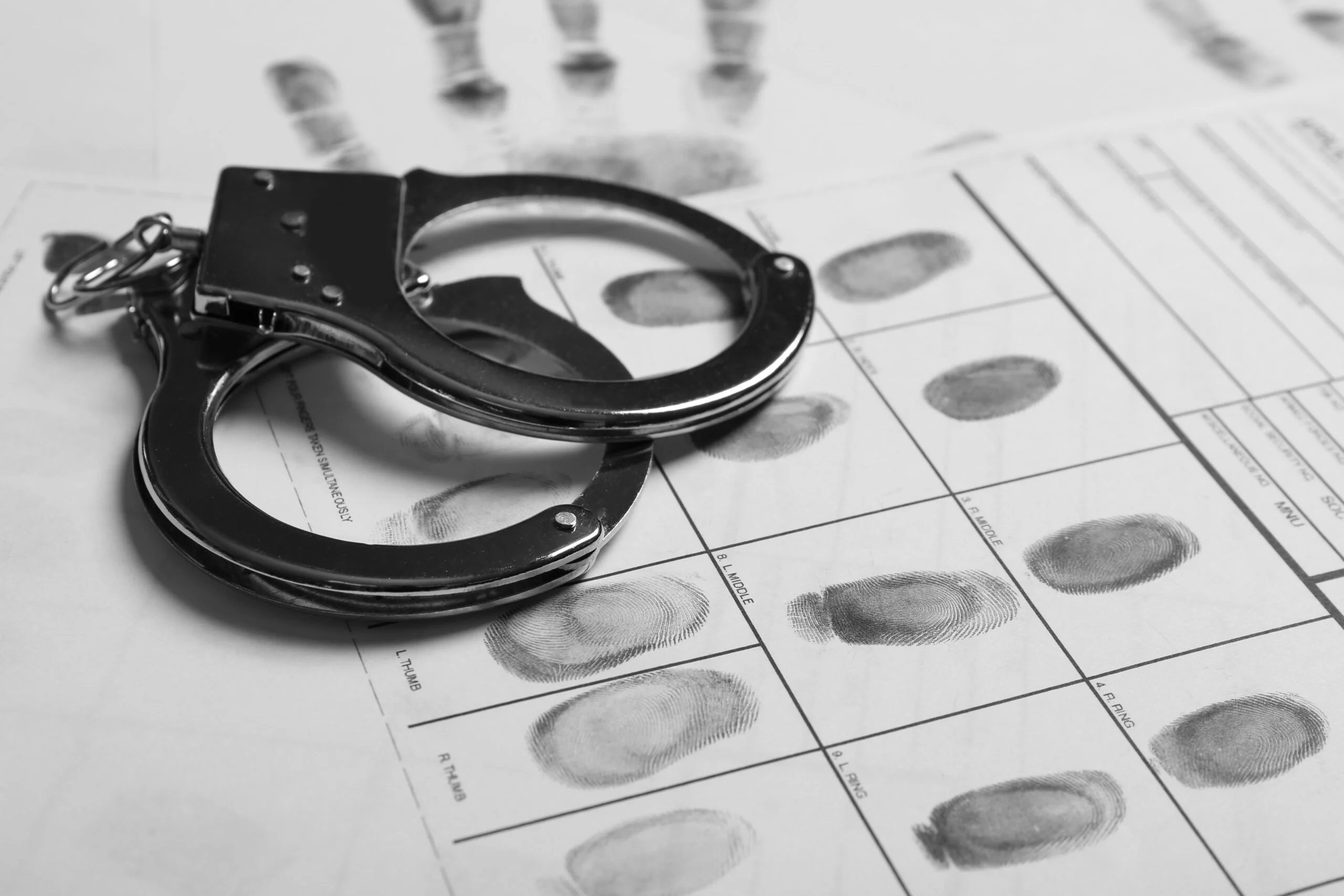

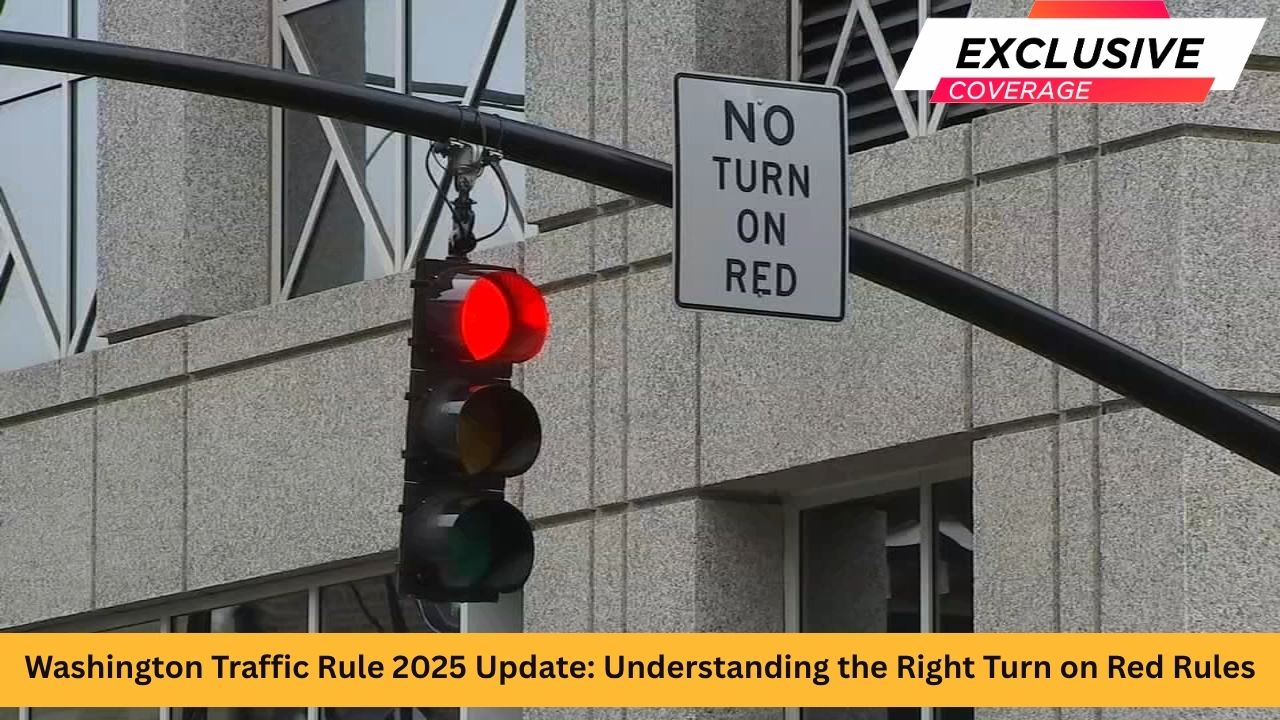
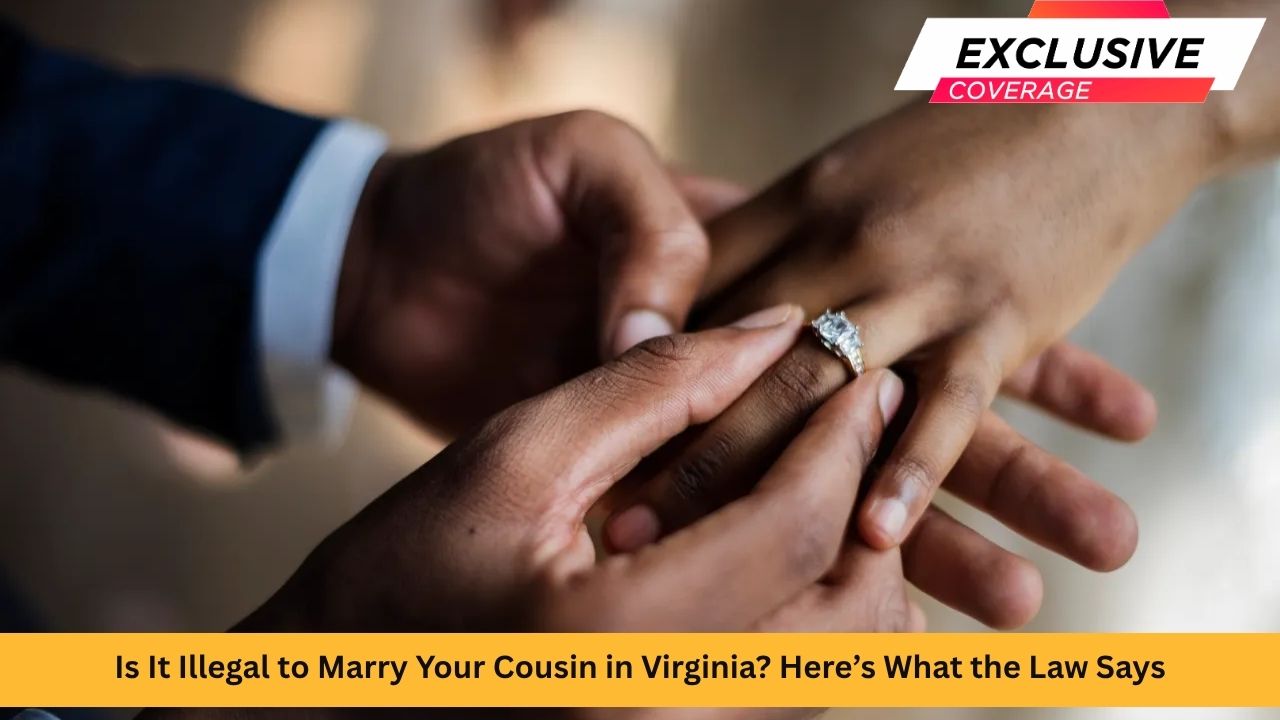

Leave a Reply